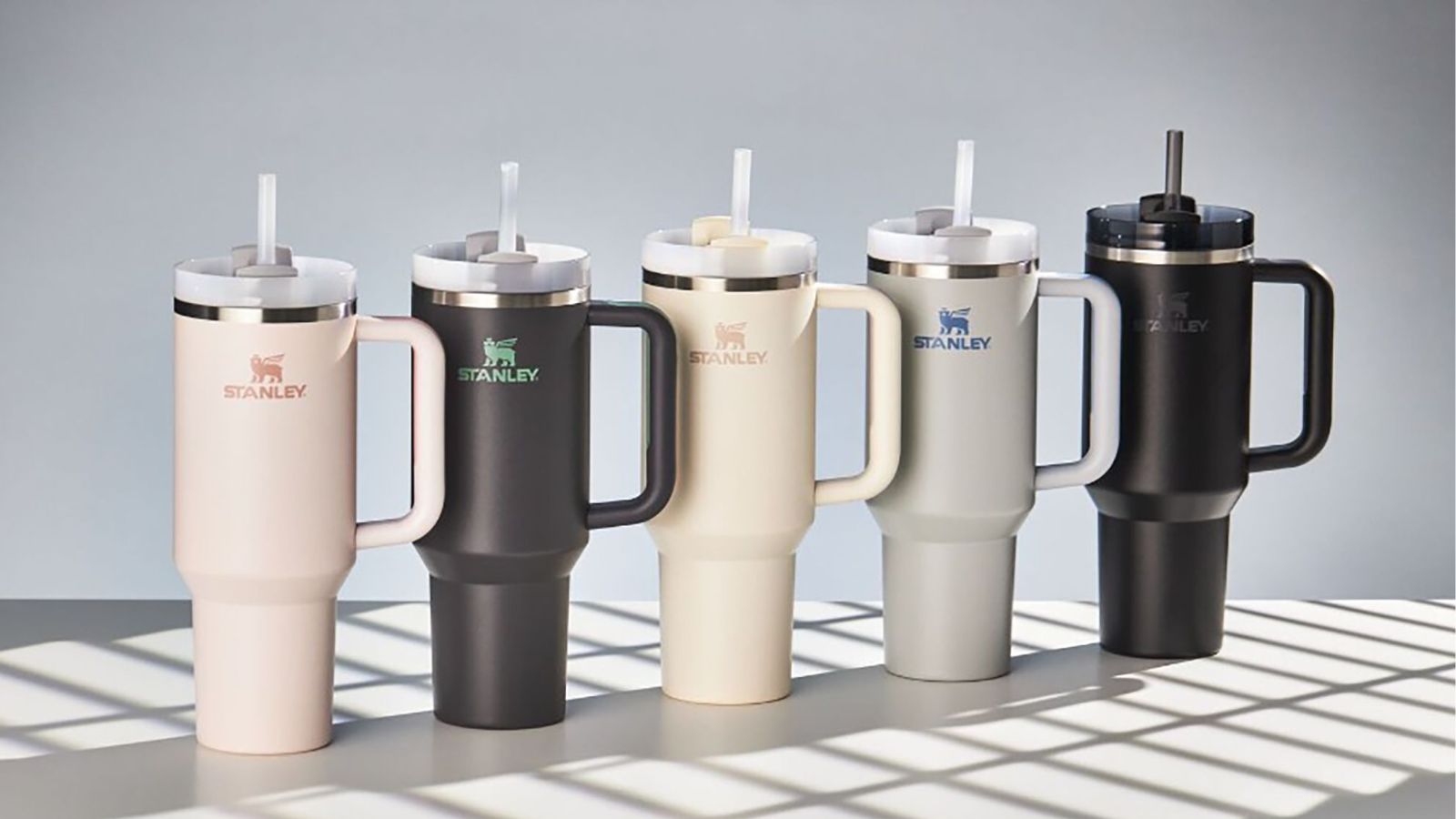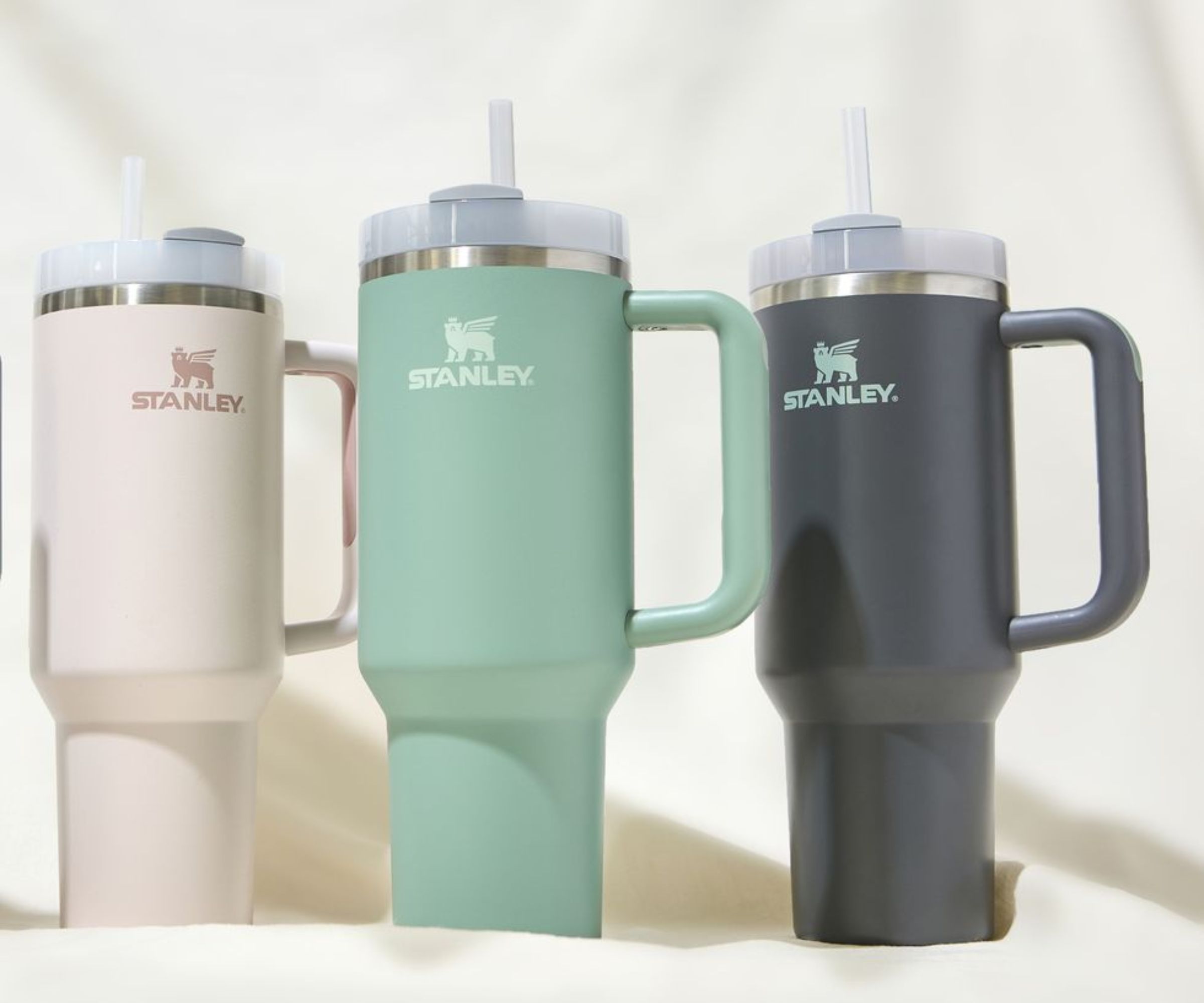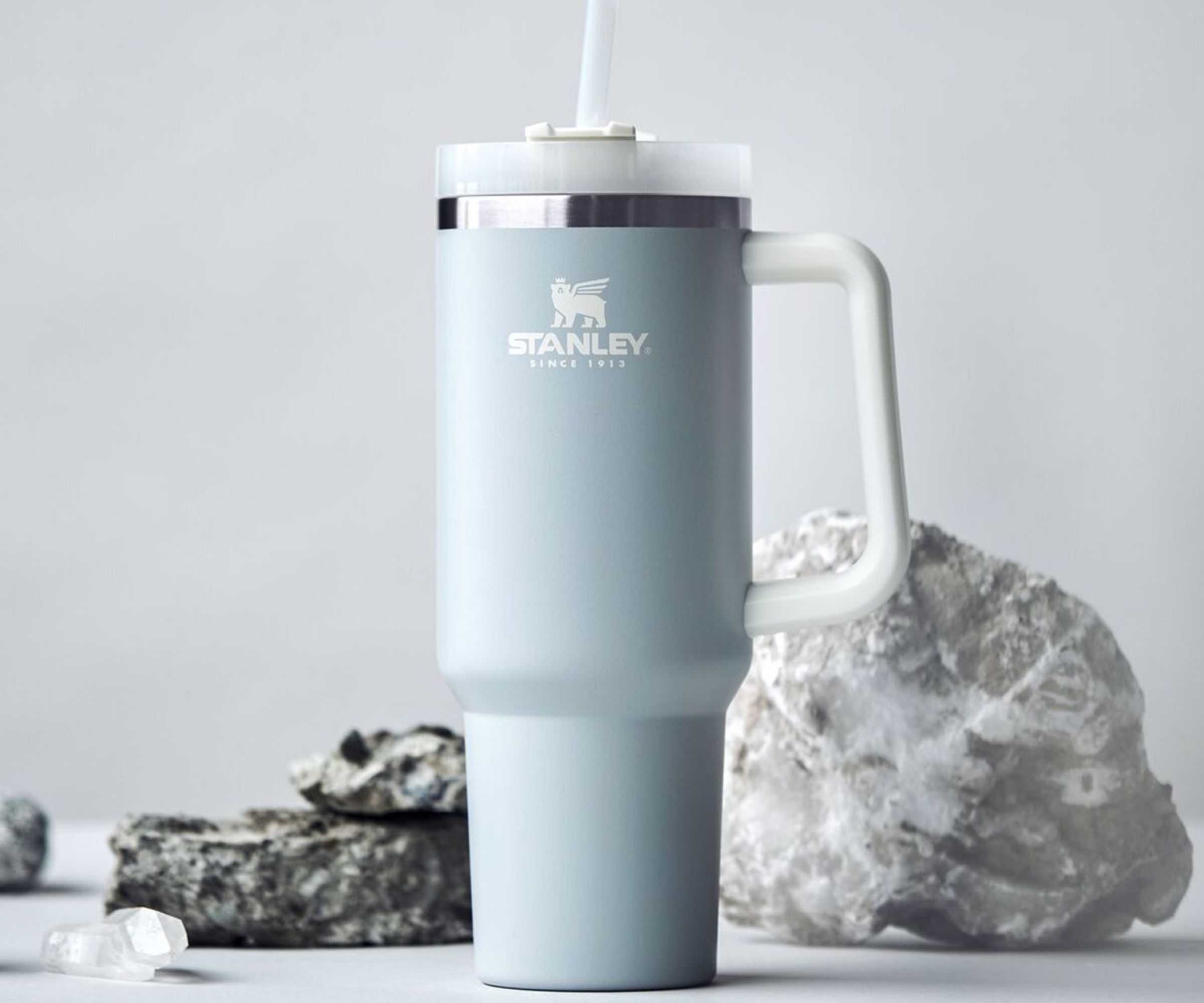
Stanley has confirmed that their iconic 40-oz Quencher Tumbler contains lead. Without context, this sounds alarming, but when you dive deep into the details, it becomes a lot less concerning.
If you look on TikTok or Instagram, panic about this lead is in full flow. People are testing their Stanley cups for traces, and finding traces of lead on the very bottom of their tumblers. Just as I did when I covered if air fryers are toxic, I've researched all the claims and counter-claims.
Stanley claim that the lead is in pellet form, used to seal the vacuum insulation at the base of the cup. They claim that this is a common practice in vacuum-insulated water bottles. According to the manufacturer, as long as your cup isn't damaged, the liquid inside your tumbler should not come into contact with lead.
For peace of mind, I've gone deep into the details, finding out where the lead is in the cup, and what to do if your Stanley cup is damaged. I Plus, I've found some lead-free alternatives to Stanley cups too just in case you're still worried.
Do Stanley cups contain lead?

In short, yes, Stanley's Quencher Cups contain lead. However, the company claims that most vacuum-insulated water bottles use a lead pellet in manufacturing, which seals the vacuum insulation. This helps to keep your drink inside either hot or cool, depending on how you prepare it.
Stanley follows this same manufacturing process, which their cups contain lead. However, in a statement issued to USA TODAY, Stanley International said that 'every Stanley product meets all US regulatory requirements, including California Proposition 65, which requires businesses to provide warnings to Californians about heavy metal and chemical exposure'.
According to Stanley, the lead pellet is only accessible if the barrier of the tumbler comes off, which Stanley has said is 'rare'. They told USA TODAY that 'our engineering and supply chain teams are making progress on innovative, alternative materials for use in the sealing process', but that consumers do not need to be concerned over lead contamination.
What should you do?

The lead used in manufacturing Stanley cups should not come into contact with any liquid inside your tumbler, providing the cup is not damaged. If, however, the bottom of the tumbler comes off, this would expose the lead to other parts of your cup and could pose a risk of contamination.
You should never use a damaged Stanley cup. They offer lifetime warranty on their cups, so you can submit a replacement claim on their website and receive a tumbler. If you're at all worried about this, however, it's best to opt for a new tumbler.
Alternative options
If you don't like the idea of having lead anywhere near your water, there are some lead-free options. Most people think that Hydro Flask are the only brand who makes lead-free bottles, but Owala's colorful Stanley-twin is an excellent alternative, as are Klean Kanteen's eco-conscious options. Here are my three favorites.
This comes with the same capacity, a straw cap, and range of color options. The wide mouth means that it can fit whole ice cubes inside and it will keep your water cool all day.
Crafted from 90% recycled stainless steel, this is chip resistant, leakproof, lightweight, and, of course lead-free. It's not insulated, but they have double-wall options.
This is almost identical to Stanley's cup: it's insulated, comes with a sip or swig lid, and it's dishwasher safe. There's a range of color and size options, all completely lead-free.
Should I worry about lead poisoning?
Lead poisoning might sound old fashioned, but it is still surprisingly common and can be caused by breathing or ingesting lead particles as a result of exposure to a concentrated form of lead.
More generally, lead is all around us. It's a naturally occurring metal, so it's likely that your soil contains a concentration of less than 50 ppm, although some urban areas contain soil with up to 200 ppm according to the U.S. Centers for Disease Control and Prevention.
The EPA says that a total concentration above 400 ppm in a play area or 1,200 ppm in the rest of the yard constitutes a hazard, but that 'lead naturally occurs in soil in low levels' The Agency also say that 'depending on where you live, it is common to find lead levels in your yard or garden at or above guidance values. This is generally not cause for alarm as there are plenty of ways to reduce exposure. If you are concerned about your lead levels, consider contacting your cooperative extension service, public heath department, or gardening organization'.







